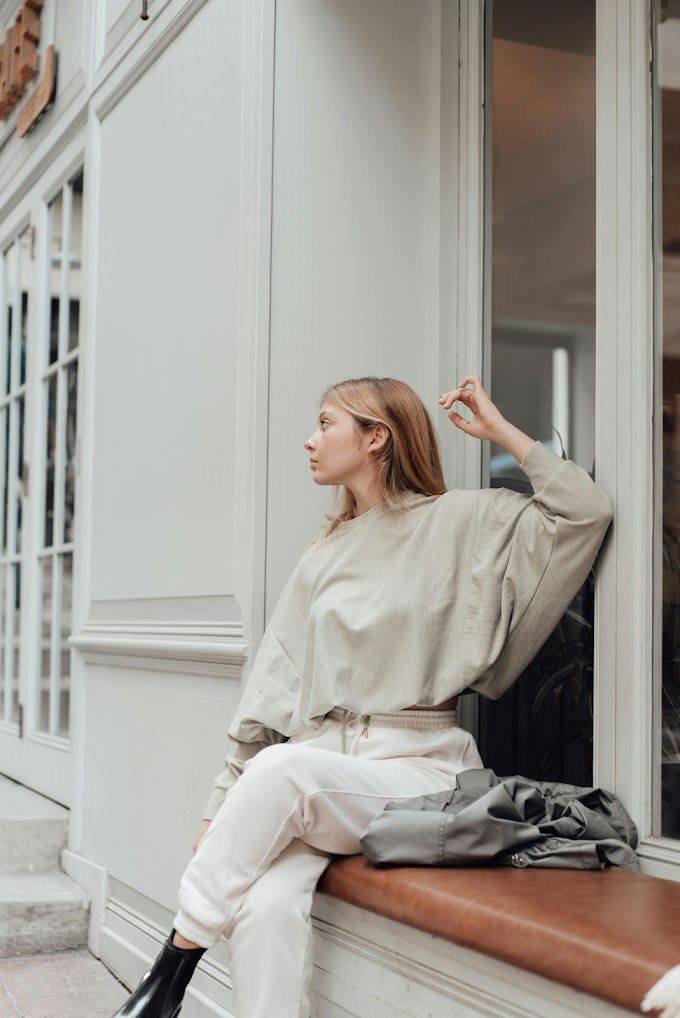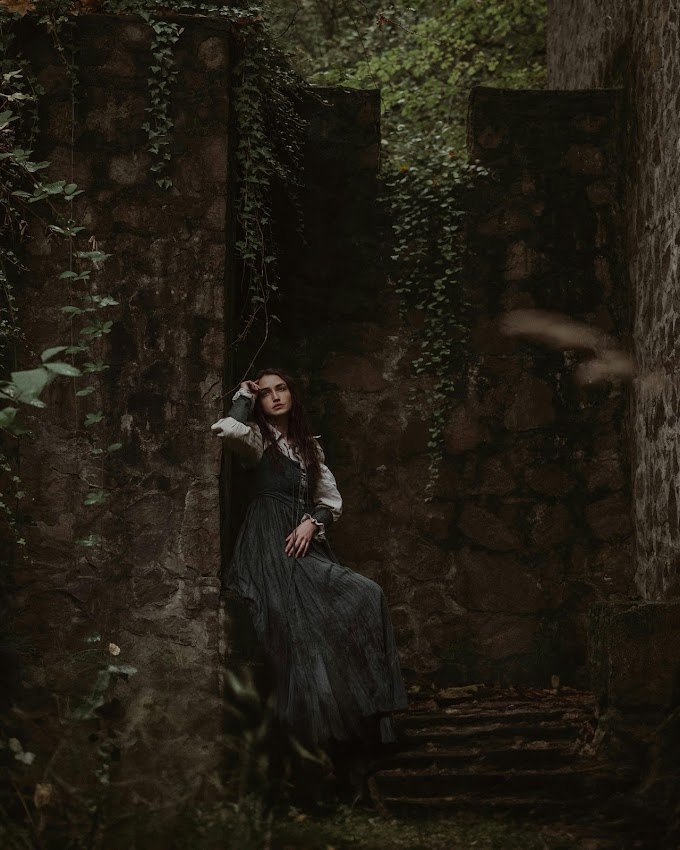The History of Style Shows: A Thorough Look
Style shows are an essential piece of the style business, probably as an expansion among originators and the world, displaying creative minds and improvement. From humble beginning stages to overall quirks, plan shows have grown basically all through the long haul. This article digs significantly into the authentic scenery of configuration shows, following their beginning stages, improvement, and their basic work in the style business today.
The Starting points of the Configuration Shows
Configuration shows as we most likely know them today started in the late nineteenth 100 years. In any case, showing in-vogue dress before a gathering has a fundamentally longer history. Going before the formalization of style shows, European power and the favored rushed to hold private parties where organizers would show off their latest indications. Regardless, these events were quite far from the planned shows we have some familiarity with today.
Charles Frederick Worth and the Presentation of the Style Show
The style show as a legitimate event was led by English originator Charles Frederick Worth, who is regularly credited as the "father of high design." during the nineteenth hundred years, Worth worked in Paris and changed how the dress was presented. Before Worth, clients picked surfaces and plans, and originators would make custom pieces of clothing considering those tendencies. Worth changed this philosophy by arranging clothing first and a short time later inviting clients to peruse his grouping.
During the 1850s, Worth began showing his arrangements on live models, who walked before his well-off clients at his Parisian atelier. This obvious at whatever point style previously was presented in a controlled, emotional environment rather than simply being sold through depictions or dressmaker's shops. Worth's salon shows were welcoming simple issues, and they set up the high-level plan show plan.
Configuration Shows During the 20th Hundred years
By the mid-1900s, plane shows ended up being more ordinary, particularly in Paris. In 1910, Jeanne Paquin, another driving couturier of the time, took the style show thought to a more marvelous extension by presenting her collections before colossal groups in theaters, complete with music and stage settings.
Paris: The Plan Capital
As the style business was created, Paris hardened it's remaining as the world's plan capital. Style shows transformed into a standard piece of the great design business, attracting great clients from around the world. Organizers like Paul Poiret, known for his extreme and electrifying style of presentations, changed plan shows into critical social affairs.
Poiret is especially unmistakable for getting plans together with execution craftsmanship. In 1911, he worked with a sumptuous event called "The Thousand and Second Night," where models wearing his vanguard plans drew in guests in a luxuriously better setting. This event is seen as perhaps the earliest event where style and execution workmanship got together.
The Impact of The Subsequent Extraordinary Conflict
The eruption of The Subsequent Extraordinary Conflict in 1914 momentarily toned down the power of style shows in Europe. Regardless, after the contention was completed in 1918, style houses promptly proceeded with their shows, however with extra controlled and sensible designs to reflect the new amicable genuine variables. Configuration houses in Paris, such as Chanel and Lanvin, continued to present their varieties in little salons to particular client bases, helping to safeguard the appeal of Parisian style.
The Advancement of Style Shows During the 20th Hundred years
Style shows saw enormous changes during the 20th hundred years, particularly as configuration ended up being more open and globalized. The climb of ready-to-wear style and the effect of American culture essentially impacted the association of configuration shows.
New York: A Rising Plan Power
Regardless of the way that Paris remained the style capital of the world for a critical piece of the mid-20th hundred years, New York began to emerge as a huge plan community after The Subsequent Extraordinary Conflict. American makers started to isolate themselves with their own undeniable styles, and configuration shows in New York ended up being more prominent.
One of the imperative minutes in the rising of the American plan was the farewell of Eleanor Lambert's Press Week in 1943. As a result of the cutoff points constrained constant Extraordinary Conflict, American editorialists would at absolutely no point in the future make an excursion to Paris to cover the style shows, so Lambert facilitated an event in New York to highlight created by American fashioners. This event, held at the Court Hotel, was the trailblazer to New York Style Week.
The Rising of Ready to-Wear
The post-war period saw the improvement of arranged-to-wear plans, which made the style more open to a greater group. Style houses in Paris, Milan, London, and New York started to make collections that were for the supreme as well concerning huge scope producing.
As ready-to-wear ended up being more prominent, style shows changed by acquiring these arrangements with the two buyers and the media. Style shows ended up being less formal, and originators began to attempt various things with different settings and presentations. These shows were as of now not just for private clients anyway were accessible to the press, considering more conspicuous detectable quality and openness.
Television and the Style of Configuration Shows
During the 1950s and 1960s, the creating effect of television brought style shows to a greater group. Organizers saw the power of the visual medium and began orchestrating more emotional plan shows. Models ended up being more like performers and style shows started to seem to be innovative presentations.
Makers like Yves Blessed individual Laurent, Christian Dior, and Hubert de Givenchy turned out to be effectively perceived names, and their style shows were seen as stylish events. The rise of supermodels like Twiggy, Jean Shrimpton, and Veruschka during the 1960s moreover added to the appeal of style shows, changing models into geniuses through their own efforts.
The State of the art Season of Style Shows: 1970s to 2000s
The 1970s: Plan as Execution Craftsmanship
By the 1970s, plan shows had formed into astoundingly adjusted displays, blending workmanship, culture, and style. Modelers like Vivienne Westwood, who was impacted by the miscreant advancement, changed plan shows into resistant and vanguard presentations.
Westwood's shows in London became amazing for areas of strength for them and unusual show styles. The agitator and marvelousness rock effects of the time were reflected in her runway presentations, where models strutted down the catwalk in provocative dresses.
The 1980s: The Supermodel Time
The 1980s indicated the climb of the "supermodel" time, with style shows showing up at new levels of scene and redirection. Designers like Gianni Versace, Karl Lagerfeld for Chanel, and Christian Lacroix changed their runway presentations into exquisite events. The shows were gone to by celebrities, power, and socialites, causing a media frenzy.
Supermodels like Naomi Campbell, Cindy Crawford, Claudia Schiffer, and Linda Evangelista became indivisible from the high-energy, high-style universe of the 1980s. Their presence on the runway added to the intensity and style of configuration shows.
The 1990s: Control and Coarseness
While the 1980s were portrayed by excess and impressiveness, the 1990s acquainted a more safe way with management style. Planners like Calvin Klein and Helmut Lang embraced ease and clean lines, and their runway shows reflected this classy. At the same time, the coarseness improvement, driven by makers like Marc Jacobs, brought a more loose and rebellious disposition to configuration shows.
test
Configuration shows during the 1990s furthermore ended up being more democratized, as brands like Prada and Gucci began to invite more young, trendier groups to their shows. The media expected a basic part in embellishment of the perspective on these shows, with planned magazines and television spaces giving wide consideration.
The High-level Change and the Inevitable Destiny of Style Shows
The 21st century accomplished tremendous changes in the way style shows are driven and consumed. The rise of cutting-edge development and online amusement changed style shows from select events to overall displays that anyone could get to.
Live Streaming and Electronic Diversion
During the 2000s, style brands began to embrace live streaming advancement to impart their runway shows to a general group. Stages like Instagram, YouTube, and Twitter enabled plan fans to follow shows constantly, democratizing permission to these once-world-class events. The ability to watch configuration shows from the comfort of one's home changed how people were attracted to style.
Virtual diversion forces to be reckoned with and bloggers similarly became perceptible figures at style shows, conferring their experiences and pieces of information to a considerable number of enthusiasts. This shift allowed brands to connect with additional energetic groups and build their overall reach.
Sensibility and Inclusivity














